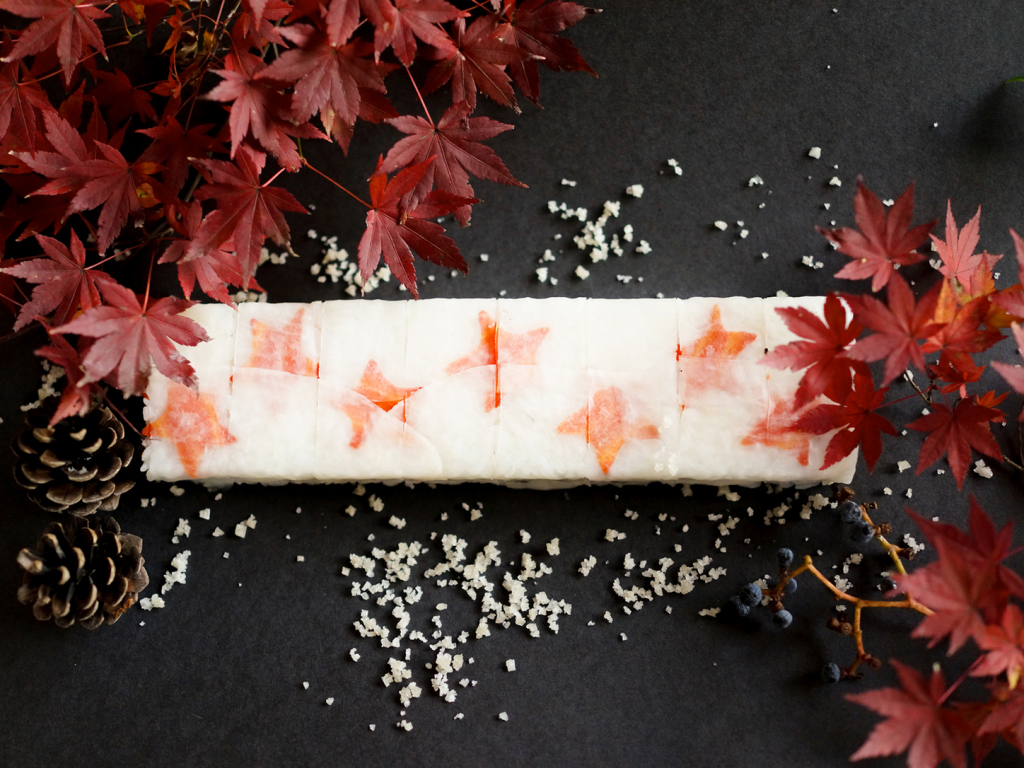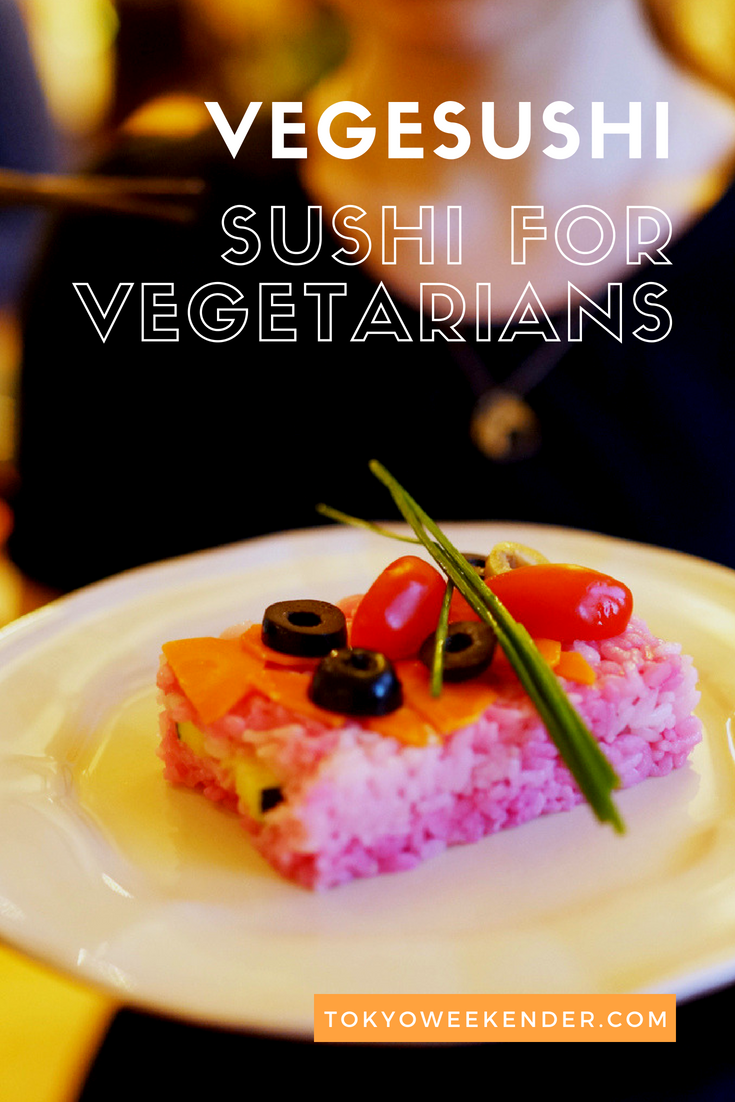Sushi is a quintessential Japanese food, but making it the right way just isn’t easy. At most sushi restaurants in Japan, you can expect that the person behind the counter has probably been training as a sushi chef for years – if not decades. Put simply, it’s not something that you can pick up and do lightly. And for vegetarians or vegans who might want to eat sushi, the options are pretty limited – it’s cucumber rolls, natto rolls, and maybe a shiso maki roll if you’re lucky.
Finding a way, then, to make interesting and appealing sushi for vegetarians, and in a way that doesn’t take years of practice, is a pretty tricky problem to solve. But with a little ingenuity, and the help of a traditional Japanese kitchen tool, a creative trio came across a clever – and tasty – solution, and it’s been getting plenty of attention in Japan and overseas.
The three minds behind Vegesushi are Sogen Ichizumi, Jun Ohkubo, and Kei Nakagawa. The three have known each other for years, and each one has a unique background. Sogen works as a graphic and user interface designer, Jun is a multidisciplinary sommelier whose expertise ranges from beverages to vegetables (yes, there are vegetable sommeliers!), and Kei, the only vegan of the trio, is a rakugo storyteller and a DJ. And all three, interestingly enough, are fortune tellers, which makes for engaging workshops – like the one we visited last month, where we got the chance to try making Vegesushi ourselves.
“When you make the Vegesushi, you build it upside down, trying to keep in mind what your finished creation will look like”
As Sogen explains, the idea behind Vegesushi grew out of their shared experience in Europe: “We were all living in Berlin, working as creatives, and being inspired by the creative environment there. And in Berlin, there are a lot of vegans, and just generally a culture based around ‘mashing up’ different things. So Vegesushi was partially inspired by that creative environment. Also, there is a culture of throwing home parties, and having kinds of food that people from around the world can enjoy. I felt like there was a strong need for this kind of vegetarian sushi that people from all around the world could make and enjoy.” The team wanted to make the experience very social, so thinking about drink pairings and the general mood that comes with making food that tastes as good as it looks was important from the very beginning.
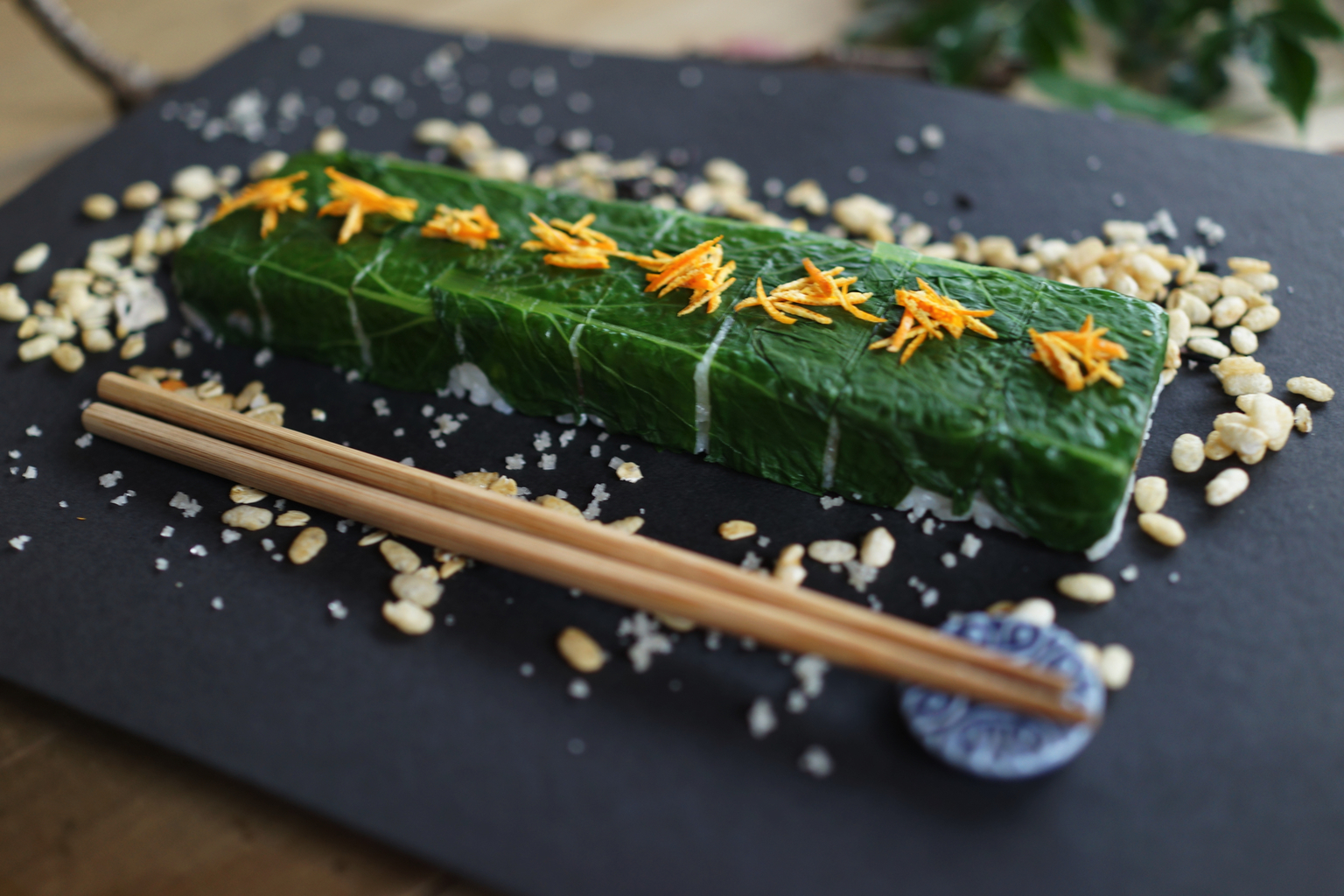
Making Vegesushi is actually quite simple, and the only item that might be a little hard to find is the oshi waku, or a special wooden box that is used to make pressed sushi, but they can be found pretty easily at homeware shops or online. The next step in making Vegesushi is choosing a wide range of ingredients. Part of the fun here is picking vegetables and fruits that are not only tasty and seasonal, but those that will look good when turned into Vegesushi. As Sogen explains, raw ingredients.
Part of the fun here is picking vegetables and fruits that are not only tasty and seasonal, but those that will look good when turned into Vegesushi. As Sogen explains, raw ingredients are fine but a little extra preparation can make for even better results: “For example, avocado marinated in soy sauce can be very tasty. Nanohana [rapeseed] can be very delicious when marinated in ponzu. Things that have been marinated work very well with Vegesushi. That’s one thing I’d definitely recommend for beginners. And if you’re not worried about keeping vegan, using things like cream cheese would be excellent as well.”
When you make the Vegesushi, you build it upside down, trying to keep in mind what your finished creation will look like. You put colorful items in at the bottom of the oshi waku, and then add a thin layer of rice. Another assortment of ingredients goes on top of the rice, followed by one more layer of rice. Press the entire creation down firmly in the box using the lid, squeezing it into a rectangular, cake-like shape. Then take off the lid, and use a knife to cut the Vegesushi into bite-sized pieces, using the grooves on the box. Then you turn the oshi waku over and separate the Vegesushi from the slat, and you can then decorate your Vegesushi with extra ingredients. If you’ve got a group of people over, you can use several oshi waku, or take turns using the same one – cleaning it off in between uses, of course. You can serve the Vegesushi as is, but they taste even better drizzled with olive oil or balsamic vinegar.
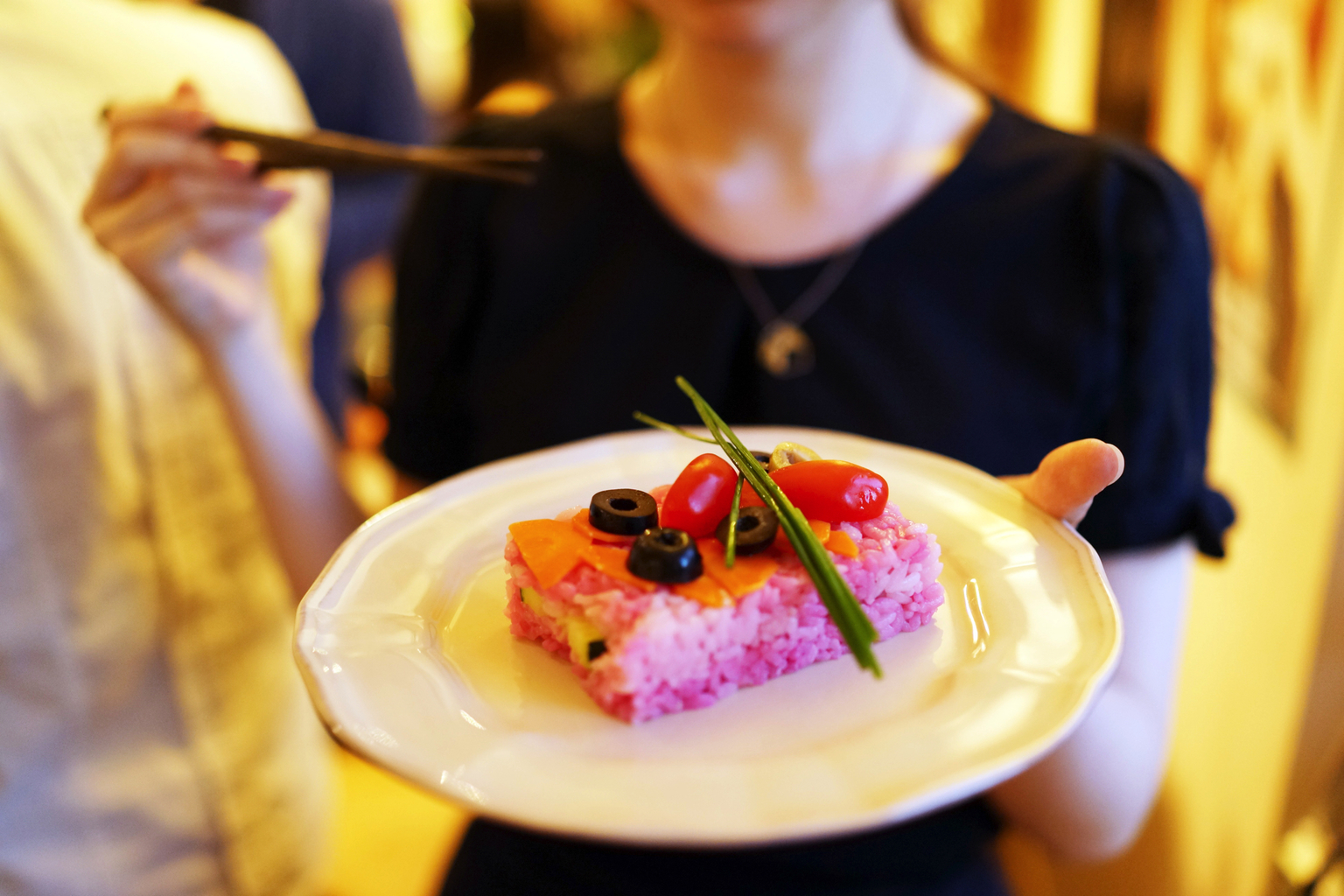
The Vegesushi team has been holding workshops in Europe and Asia for some time – when we caught up with them, they’d just come from Thailand – and making converts to this intriguing food movement. The Japanese edition of the Vegesushi recipe book is a hit on Amazon, the English version comes out this month, and they’ve been featured on a number of TV shows. That said, Sogen and his team aren’t giving up their day jobs; in fact, he explains, it’s this creativity that helps keep their ideas fresh and interesting: “We’re probably all going to have parallel careers running. I’d like to use all of my creative skills in helping people learn how to make delicious food.”
Vegesushi Recipe to Try
SALTED LEMON AND AVOCADO SUSHI
This recipe also works well with sautéed eggplant or zucchini. When the lemon absorbs the salt, it cuts down the sourness. Goes nicely with cider or ale.
Ingredients: (makes 2 servings)
• Lemon slices (4mm)
• Rock salt or unrefined salt
• Avocado or sautéed eggplant
or zucchini 100g
• Soup stock made from dried shiitake
mushroom and kelp 1 cup
• Onion 1 quarter
• Sushi vinegared brown rice 1 cup
• White sesame seeds 1 tablespoon
Method:
1. Sprinkle lemon slices with salt.
2. Slice the avocado in 8mm pieces and soak it in soup stock.
3. Chop onion into 7mm squares and put them in water.
4. Mix white sesame with the vinegared brown rice.
5. Place slices of lemon in the oshi waku, then add the vinegared brown rice, then 2 and 3 in the middle, and put the rice on top to finish it.
For more info and recipes, visit vegesushi.eu or order the English edition from Amazon. To take part in the next Vegesushi workshop on June 16, email [email protected]
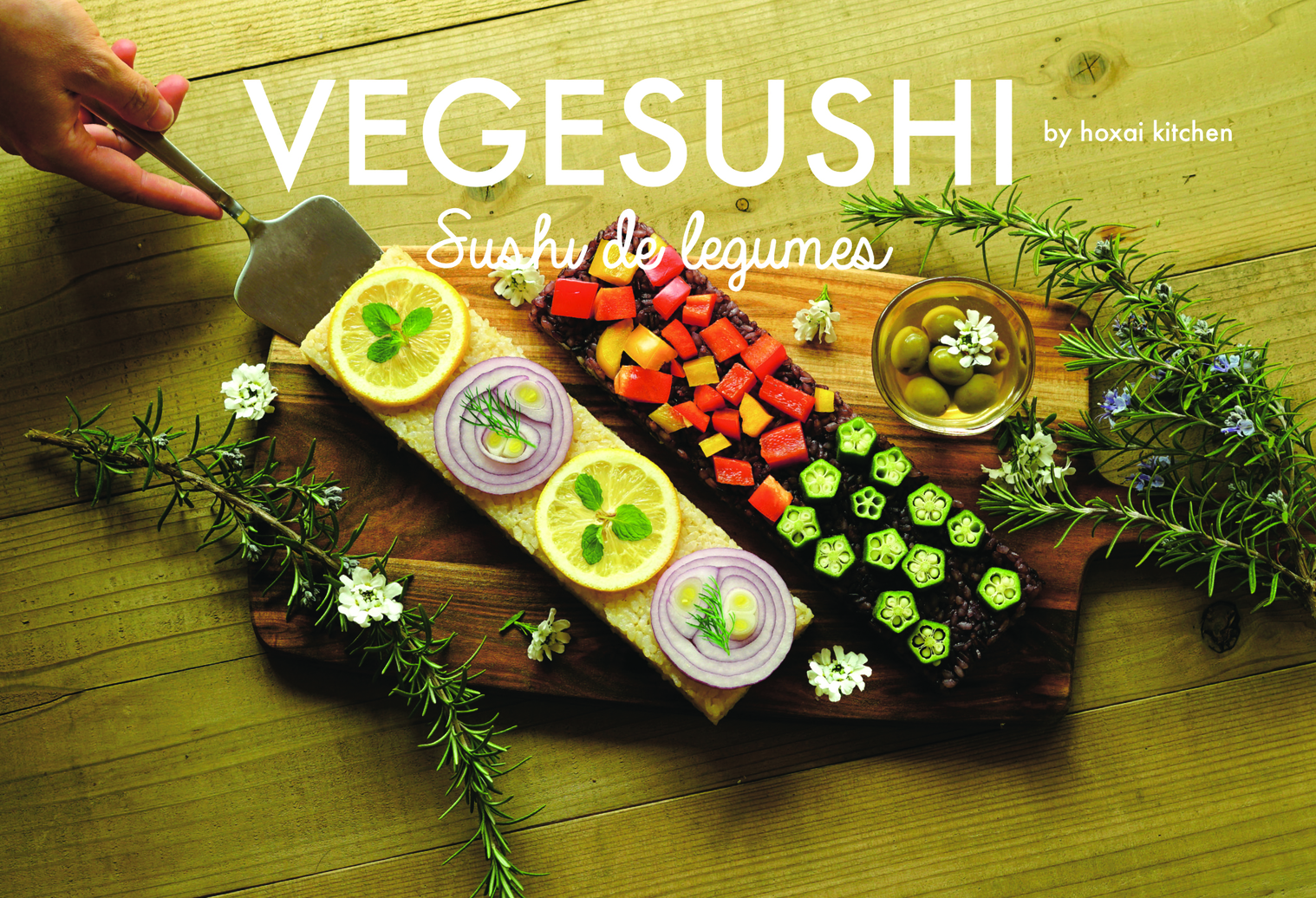
Updated On May 22, 2018

